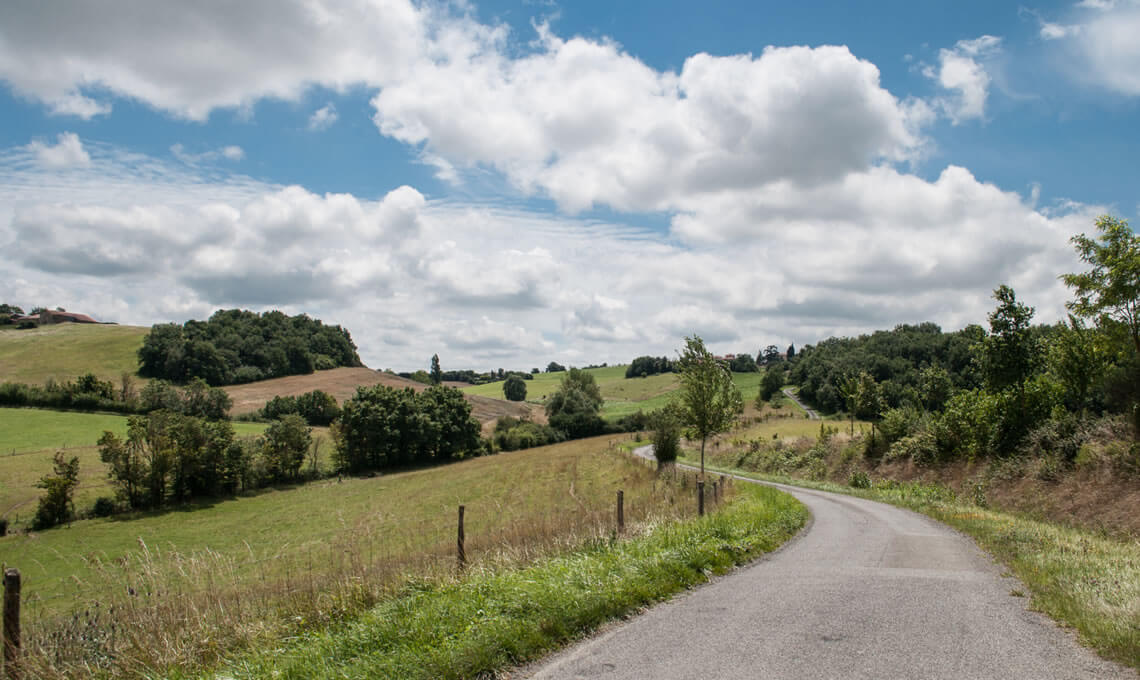New funding opportunities from the federal government are adding urgency to an old concern — that rural Oregon continues to leave dollars on the table through unclaimed federal grant program funding allocated to our state. It’s a historical pattern that has become even more pronounced and inequitable over the last few years as federal COVID-19 relief packages have been awarded.
With the Infrastructure Investment and Jobs Act of 2021 roll out beginning, rural and statewide leaders are deeply concerned that rural Oregon will once again miss out on significant federal investment opportunities.
A recent report, Pathways to Securing Rural Federal Funding, published by The Ford Family Foundation and Sequoia Consulting, examines the situation. The report explores the depth and diversity of challenges rural communities and organizations experience in securing federal funding and presents recommendations for how to improve their chances for success. It also distills lessons learned from community fundraising successes that have translated to real-life impact for rural Oregonians.
Interviews, focus groups and an online bilingual survey captured the perspective of 75 rural-serving nonprofits in Oregon; 83% of them plan to apply for federal funds in 2022. That influx of federal funding could provide a significant boon to community building and economic development efforts in rural Oregon.
What we learned from the research
The challenge of applying for federal grants may seem easy to solve — hire more grant writers or train staff in grant writing. There is no doubt these tactics would help. But, as we learned, the challenges encompass so much more than grant writing.
Staff capacity to respond to the intricacies of federal grant applications, tight timelines, project pre-development work and burdensome reporting requirements are the more significant challenges. “I don’t have hours to search Grants.gov to find funding,” says Ginger Savage of Crossroads Carnegie Art Center in Baker City. “I’m currently reaching out to federal partners so I’m on their radar for notifications that mention ‘arts’ and ‘culture,’ but even that takes time.”
The best-case scenario for grant success is when an applicant has a “shovel-ready” project with all the advance work completed. This may include completing sophisticated feasibility studies or raising all the required matching funds — and timing it so completion synchronizes with a notice of federal funding availability. Federal grants also have reporting and accounting requirements that can be prohibitively costly for some organizations, which may even need to create new systems. These challenges especially impact small organizations (those with budgets under $500,000), which commonly serve rural populations and culturally specific communities.
Confusing and changing definitions for eligibility in requests for proposals also make matters more complex. Locations might fit eligibility criteria on paper but be uncompetitive in reality. For example, John Day City Manager Nick Green once applied for a “rural” grant, which was open to cities of under 250,000 population. While technically eligible for the opportunity, John Day’s population of 2,250 would not have been “competitive” when pitted against larger jurisdictions for the same pool of money.
Success in remote communities
In very remote areas of Oregon, federal grants can powerfully compensate for the small tax base that makes underwriting community infrastructure projects challenging. “For an unincorporated place like us, we don’t have a city that would provide a traditional tax base,” explains Seth Kaplan, executive director of A Greater Applegate in rural Jackson County.
Kaplan credits his group’s success in attracting federal grant funding in part to the compelling story the Applegate Valley has to tell about its location and clear need. “There are a lot of funders who are interested in what we do,” he explains. “They just didn’t know we existed.”
In John Day, city leaders took a different approach — they conducted their own community survey to challenge census data that misrepresented poverty and housing indicators. By accurately describing the population and need, John Day became eligible for several federal programs, including Community Development Block Grants. Since 2016, the city of John Day has raised $31 million in federal and state funding that has improved quality of life and community needs ranging from broadband access to 911 infrastructure.
And yet our creativity and resourcefulness as rural residents can carry us only so far. Rural Oregon needs sustained federal and state investments to fund the types of thriving and vibrant communities we envision for our collective future.
Where we go from here
The recommendations resulting from this research outline an ambitious range of actions, both short and long term. To make significant progress on the challenge before us, many funders, technical experts and organizational leaders will need to work on various pieces of the possible strategies. Such strategies include organizing small rural communities into coalitions that could join forces in applying for federal grants; creating data- and grant-prospecting positions or technical assistance to support rural grant seekers; and advocating for changing the procedures and requirements toward a more simplified public grant-making processes.
As an immediate next step, The Ford Family Foundation is matching the state Legislature’s $500,000 Oregon Rural Capacity Fund (HB 2345) to support Oregon economic development districts so rural areas can hire grant writers and administer grants.
We invite you to read the full report, Pathways to Securing Rural Federal Funding.


